Dead in the water? SATA Express
The talk of next-gen SSDs really began with the announcement and launch of Intel's Z97 chipset, which brought along support for SATA Express and M.2 connectivity. These were standardised in the SATA 3.2 specification, which confirmed the move towards PCI-E as the interface of choice for next-gen storage for consumers.The SATA Express host-side connector is rather long, using two standard SATA ports and an extra plug that exposes a pure connection to two PCI-E lanes, and, just like with SATA, a cable is required to connect a device to the motherboard. On the device side, however, the SATA Express connection looks like it does on today's SATA SSDs, although the cable has its own power input and plugs into both the power and data portions of the device's connector together.
Both SATA ports on the host-side connector are backwards compatible with standard SATA devices, but a single SATA Express device will occupy both of these ports and render them unusable. The PCI-E connection can be routed to Gen 2.0 lanes (max bandwidth 10Gbps) or Gen 3.0 lanes (up to 16Gbps). The connection became commonplace on Z97 and X99 motherboards, typically using the PCH's PCI-E 2.0 lanes rather than stealing bandwidth from the CPU's PCI-E 3.0 lanes, which are nearly always routed to the standard expansion slots for graphics cards. However, the Z170 chipset upgraded its PCI-E lanes to Gen 3.0, so SATA Expres connectors here support up to 16Gbps of bandwidth.
While the inclusion of SATA Express on a motherboard generally came to be seen as a good thing, as time went on and devices failed to appear it became apparent that the standard was dying before it had even gotten off the ground. While there was a demo SSD produced by Asus and a few accessories that utilise it (such as the ASRock USB 3.1 front panel adaptor), no major SSD manufacturers have thus far shown any interest in it, and its decline was all but confirmed by the release of Intel's SSD 750 Series, which has a 2.5in SKU that uses a PCI-E 3.0 x4 interface then known as SFF-8639 and now as U.2 (more on this soon). It quickly became clear that the two lane limit of SATA Express would not be sufficient in the long-term for the next generation of SSDs.
Thankfully, the backwards compatibility of the two SATA ports you get with a SATA Express connector meant that space on the motherboards which supported it hadn't been wasted. However, for anyone wondering what they can do with their SATA Express port the answer is very little. It's possible this will change though we haven't heard anything to suggest that's the case.

MSI MPG Velox 100R Chassis Review
October 14 2021 | 15:04


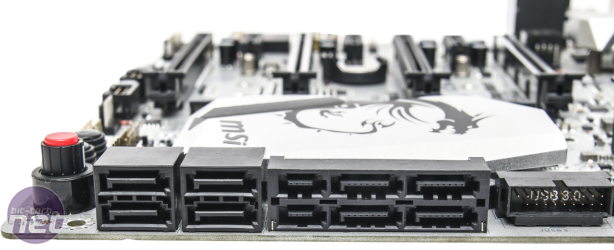
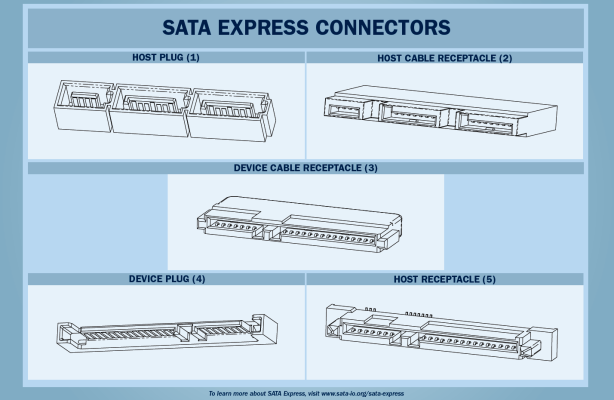

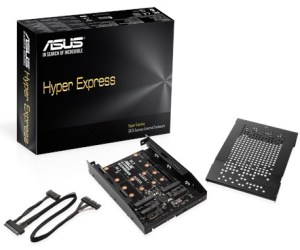
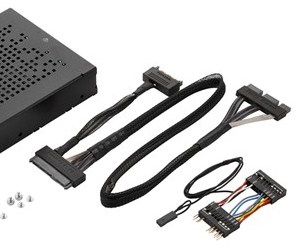
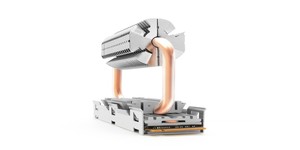
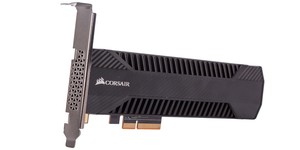





Want to comment? Please log in.